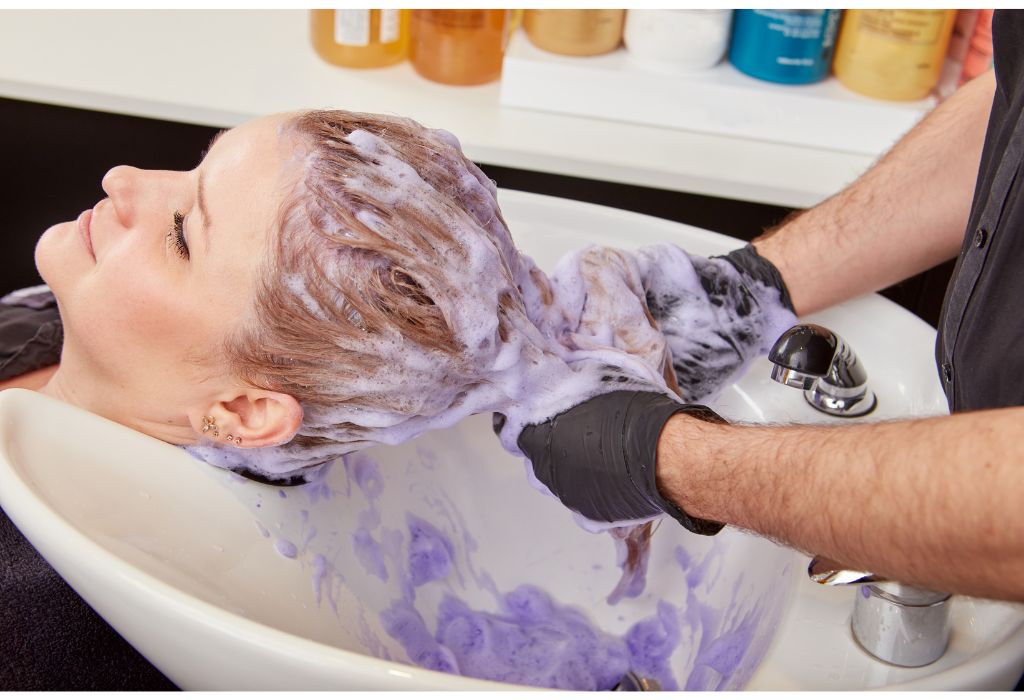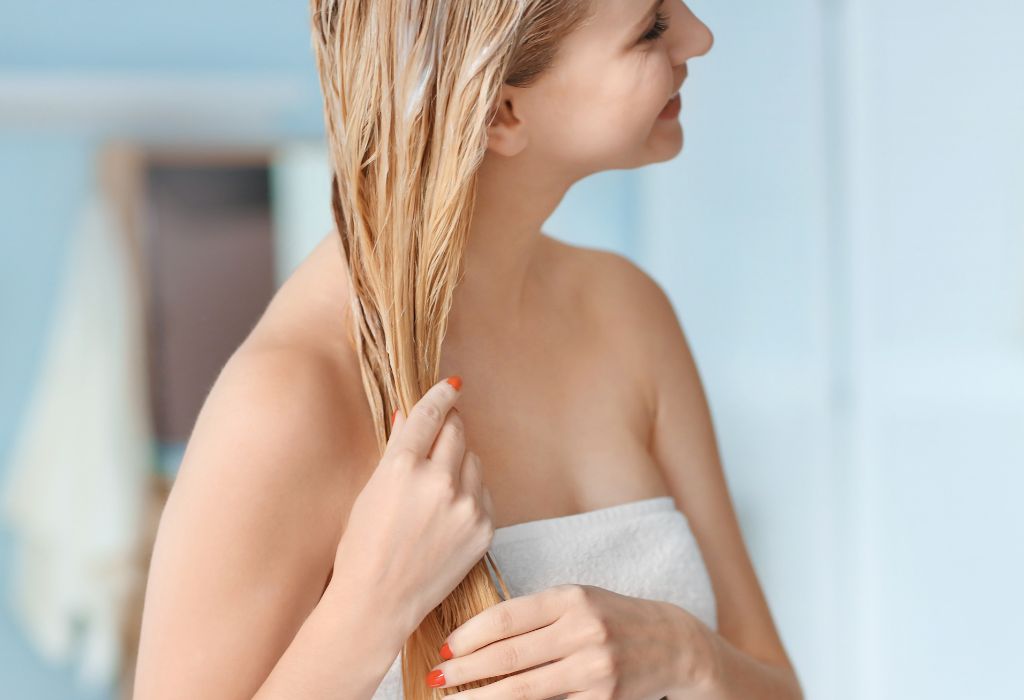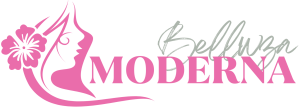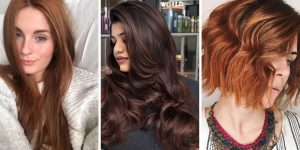How to Bleach Hair: Complete Guide
Bleaching your hair at home can be a great way to achieve a lighter look, whether for highlights, a full platinum makeover, or prepping for bold hair colors. However, the process is complex and requires careful preparation to ensure hair health and desired results.
This hair bleaching guide will walk you through the steps and precautions to bleach your hair safely at home, with tips on hair lightening techniques, proper aftercare, and DIY hair bleaching tips to get the best outcome.
Before You Bleach: Hair Health & Preparation

Assess Your Hair’s Condition
Bleaching is an aggressive process that strips away your hair’s natural pigment. Start by evaluating the health of your hair.
If it’s prone to dryness, breakage, or frizz, or if it’s been chemically treated recently, bleaching may not be advisable as it can exacerbate damage.
A good rule of thumb is to conduct a strand test for elasticity: spray water on a piece of hair and stretch it gently. If the hair stretches more than usual and feels gummy, it’s too fragile for bleaching.
Gather Your Supplies
A successful DIY bleach requires having all the right materials at hand. Here’s a list of essentials you’ll need to bleach hair at home:
- Bleach Powder & Developer: You will need a developer (typically 30v for lengths and 20v for roots) and a lightening powder to create the bleach mixture.
- Mixing Bowl & Application Brush: For combining bleach and applying it evenly.
- Gloves & Old Clothing: Bleach can stain or damage clothes, so wear something old and use gloves to protect your hands.
- Hair Clips & Shower Cap: To section your hair and control the bleaching process.
- Purple Shampoo & Toner: These are necessary for neutralizing any unwanted brassy or yellow tones after bleaching.
Prep Your Hair & Space
Prepare your hair by avoiding washing it a couple of days before bleaching. The natural oils on your scalp can act as a protective barrier against irritation. Also, apply coconut oil an hour before bleaching to help hydrate your strands.
Set up your workspace with old towels or newspapers to avoid staining any surfaces, and ensure the area is well-lit and ventilated.
How to Bleach Your Hair at Home

Step 1: Section Your Hair
Divide your hair into four quadrants. Use hair clips to keep the sections separated. This will allow for a neat application and ensure even bleaching.
Step 2: Mix the Bleach
Follow the instructions provided by your bleach kit. Generally, mix two parts of the developer with one part of the bleach powder until smooth.
Prepare separate mixtures of 30v developer for the lengths and 20v for the roots. Remember to wear gloves and avoid inhaling the bleach fumes.
Step 3: Apply the Bleach
Starting about one inch away from the scalp, apply bleach to the lengths of the hair first. Work in small segments within each section for complete saturation.
The roots should be bleached last, as they process more quickly due to body heat. Once all the lengths are covered, go back and apply the bleach to the roots.
Step 4: Let the Bleach Process
Processing times vary based on your hair color, desired results, and bleach product directions.
Typically, the bleach is left on for 20-45 minutes, but it is crucial not to exceed the manufacturer’s recommended time to avoid over-processing and damage. Regularly check your hair’s color during this time to ensure it doesn’t lift too quickly.
Step 5: Rinse & Shampoo
When the timer goes off, rinse your hair immediately with lukewarm water.
Shampoo thoroughly to remove all bleach residue, but be gentle to avoid further damage to the already fragile hair.
Post-Bleach Care: Toning & Repair

Tone for Desired Color
Bleached hair often has brassy or yellow tones that need to be neutralized. This is where a toner comes in.
Mix the toner with a 10v (or lower) developer (in a 2:1 ratio) and apply it to damp hair in the same sections as before.
Let the toner sit for 15-20 minutes or according to the package instructions, then rinse out thoroughly. Toners will help you achieve a more natural blonde or platinum shade.
Maintain Hair Health
Bleaching can strip moisture and nutrients from hair, so aftercare is crucial.
Use a deep conditioning treatment to restore hydration and repair damage. Purple shampoos are essential for maintaining color and preventing brassiness; use them once a week or as needed.
Additionally, minimize heat styling and use sulfate-free, color-safe shampoos and conditioners to maintain the health and color of your hair.
Tips for Safe & Effective Hair Bleaching

- Don’t Rush the Process: If your hair hasn’t lifted to your desired shade after the first bleach session, wait a few days, weeks, or even months before attempting a second round. Over-processing can lead to breakage and hair loss.
- Avoid Chemical Overload: Don’t mix multiple chemical treatments around the time you bleach your hair. Dyeing, perming, or straightening too soon before or after bleaching can severely damage your hair.
- Check for Hot Roots: To avoid having the roots lighter than the rest of your hair, always apply bleach to lengths first and roots last.
- Hydration is Key: After bleaching, treat your hair with nourishing masks, leave-in conditioners, and bond-repairing shampoos to strengthen your strands.






